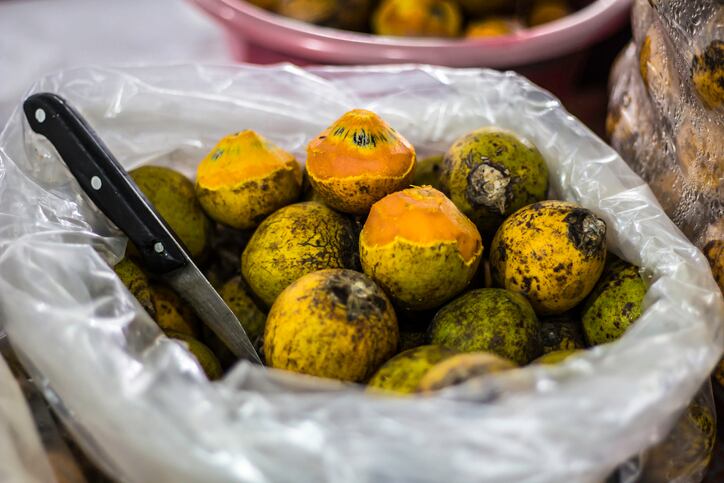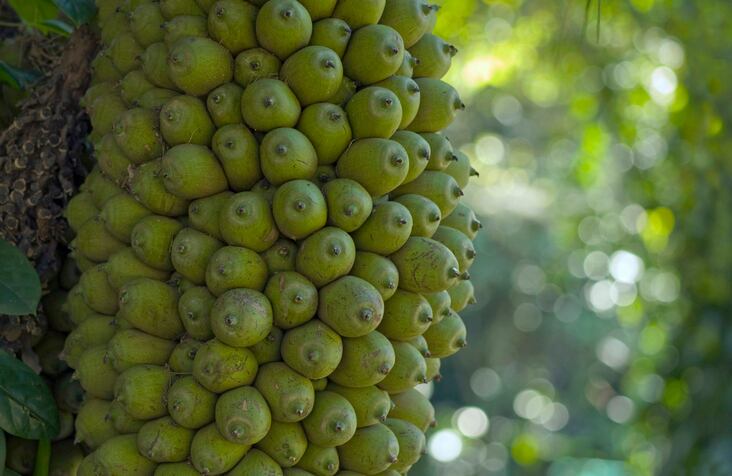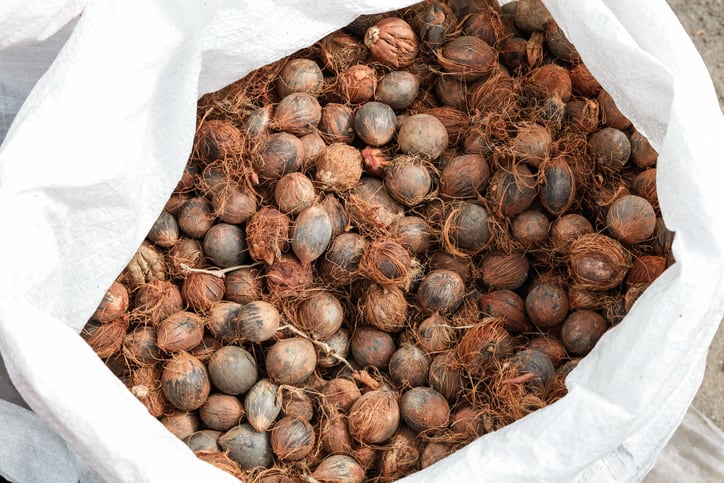The scientists studied the fatty acid and solid fat profile, among other parameters, of six different nuts and seeds native to the Amazon: Brazil nut (Bertholletia excelsa), murumuru (Astrocaryum murumuru), tucuma (Astrocaryum vulgare), bacuri (Platonia insignis), pracaxi (Pentaclethra macroloba), and patawa (Oenocarpus bataua).
The researchers from the University of Campinas’ school of food engineering said their research was prompted by the rise in demand for new fats and oils, and the scarce amount of research on the physical properties of Amazonian oils.
“Overall, our findings provide new information, showing that the studied Amazon fats and oils may be suitable for developing new fatty products in the

food industry,” they wrote in the Journal of Food Chemistry.
Using gas chromatography to determine the fatty acid composition, the researchers found that Tucuma kernel fat, murumuru and bacuri fats are rich in saturated fatty acids while patawa, pracaxi, and Brazil nut oils had high levels of healthy mono- and polyunsaturated fatty acids.
Murumuru fat and tucuma kernel fat had a high content of lauric acid while bacuri fat was high in palmitic acid.
“Tucuma kernel fat has a fatty acid composition rather similar to coconut oil’s,” they wrote.
Bacuri had a solid fat content at 35 °C. “[This is] comparable to those required for dairy analog shortenings used for industrial cakes or cookies [and] suggests that bacuri fat might substitute partially hydrogenated oils, known for their high trans fat content, in shortening formulations.”
The murumuru fat had solid fat content and profile "rather similar" to cocoa butter, meaning it could be used as a cocoa butter equivalent, they said.
Shea butter is often used as an alternative to cocoa butter by chocolate manufacturers.
The researchers suggest the Amazonian oils could be blended with other fats for products such as margarine.

“These results are quite important since the use of these blends in replacement of partially hydrogenated oils in formulations of spreads, shortenings or margarines, for example, might present not only technological advantages but also improved nutrition values.”
“The high concentration of oleic acid found in patawa oil (74.18%) is in the same range as that found in high oleic sunflower and buriti oil. High concentrations of this fatty acid have a beneficial effect on thermal stability, suggesting that patawa oil could be useful to the food industry as a frying oil. In addition, the high oleic and linoleic ratio (>12:1) of patawa oil could increase shelf life and nutritional value of foods.”
Other aspects could make these seed oils interesting for the nutrition industry, according to the researchers. Brazil nut oil, for instance, had a higher content of linoleic acid than other edible nut oils, such as almond or macadamia oils while bacuri fat had a relatively high content of palmitoleic acid, a beneficial fatty acid which improves insulin sensitivity, according to previous research.
The researchers used oils provided by B2B supplier Amazon Oil. Based in Belém, Pará, Amazon Oil supplies cold-pressed and dry-extracted oils that are kept below 60ºC and are free from preservatives, additives or other chemicals, harvested in a sustainable way, it said.
It also manufactures food- and pharma-grade deodorized seed extracts, purified oils and water soluble oils.
Source: Journal of Food Chemistry
Available online November 2018, doi.org/10.1016/j.foodchem.2018.11.016
“Physical properties of Amazonian fats and oils and their blends”
Authors: Antonio José de Almeida, Meirelles Guilherme José Maximo et al

